Endoscopy (endoscopic lifting), that is, endoscopic technique, is currently widely used for a facelifting. The indicated facelifting technique has its advantages, which explains it’s popularity:
- Minimal invasiveness;
- The possibility of simultaneous use on several face areas;
- Short rehabilitation period.
Since the aging of different areas of the face is often uneven, facelifting may involve a lift of: lower 2/3 of the face, neck and lower face, middle face zone, eyebrows and forehead, eyelids. If all zones are lifted simultaneously, then this is the so-called circular facelifting.
Facelifting: indications and contraindications
Face plastic surgery has the following indications:
- The presence of rough folds and deep wrinkles;
- The need to restore the natural facial contours;
- Slashing of cheeks, formation and hovering of the skin over the lower jaw;
- Excess skin in the area in front of the ears
- Double chin;
- Sagging skin of the neck;
- Overhanging eyebrows and upper eyelids;
- “Bags” under eyes’.
Based on the indications and wishes of the patient, the programs and schemes used by the surgeon, lifting of one part of the face or several sites at once might be prescribed. In some cases, facelifting is combined with blepharoplasty, cheiloplasty, rhinoplasty, otoplasty and other manipulations.
Before choosing a radical method of intervention or a minimally invasive facelift technique, a number of factors are analyzed: the patient’s age, characteristic age-related changes and their severity, skin type, health status, the desired result and the patient’s wishes.
Facelifting cannot be performed if the patient has any of the health pathologies listed below:
- Untreated infectious diseases, especially in the acute phase;
- Thyroid disease
- Malignant neoplasms;
- Diabetes;
- Cardiovascular pathology;
- Risk of an allergic reaction;
- Clotting problems;
- Hypertension
- Mental disorders.
Patient’s state of health is carefully studied before assigning facelifting to exclude the presence of pathologies that are contraindications to such interventions.
Facelifting: stages
Facelifting is carried out in stages:
- Consultation. Facelifting pursues not only the goal of rejuvenation, but also preserving personality and patient’s facial features. The doctor examines the patient during the consultation, clarifies patient’s wishes, explains how the operation will be performed.
- The survey. Before a facelifting, the patient undergoes necessary examination: undergoes laboratory tests and being examined by a therapist and anesthetist. All these events are held in our clinic. This stage does not take much time.
- The appointment of the day and time of the operation. At the same time, it is taken into account that recovery after facelifting will continue for some period. Therefore, facelifting suggests that for some time it will be necessary to adjust the social lifestyle. The duration of rehabilitation does not depend on the season of surgery.
- Carrying out a facelifting. There are several techniques that can be applied (for example, classic, deep, endoscopic).
- The recovery period. The patient needs to be under observation for several days in a hospital. Recommendations that must be followed are given by the doctor.
How facelifting is done in the “Certus” clinic
Examination. 1 hour.
Duration of facelift surgery. It lasts about 2-5 hours (depending on the type and complexity of surgery). After this, the patient needs to stay 1-5 days in the clinic.
Anesthesia. Local anesthesia (along with sedatives) or general anesthesia.
*Recovery period after facelifting. Bruises, swelling, and other consequences go away after about 2-4 weeks. Sutures are removed after 5-10 days. It is necessary to wear a compression bandage during the first week. The result is achieved in 2-3 months.
*Side effects of facelifting. The formation of edema and hardening, temporary bruising, slight pain, deterioration of the skin sensitivity.
*Risks. Hematomas, complications of an infectious origin, visible scars, long recovery, decreased sensitivity, skin necrosis, nerve damage.
*Results of facelifting. Predictably, facelifting is an operation with a medium or long-term result. The effect largely depends on the characteristics of the aging process of the body.
In which situations is an endoscopic face lifting needed?
The most effective age for the procedure is from 35 to 45 years. In this period visible age-related changes appear, and the condition of the subcutaneous tissues and skin allows interventions without risk. Using an endoscopic lifting, it is possible:
- raise overhanging eyebrows and thereby get rid of a gloomy facial expression;
- eliminate excess skin in the upper eyelids and to open look;
- fix deep nasolabial folds;
- raise the lower corners of the lips;
- to lift the cheeks, improving the contours of the face;
- smooth wrinkles on the forehead and in the interbrow area.
Typically, this procedure affects the upper and middle areas of the face, putting off an expensive circular lifting for at least 10 years. The price of an endoscopic facelifting depends on the scale of the procedure.
Advantages of endoscopic lifting
Despite the fact that the cost of a facelift with an endoscope is slightly higher than with the traditional technique, many patients choose this procedure because of its advantages:
- minimum incisions – intervention in each zone occurs after a maximum of 4 small incisions that are performed in the scalp, where they will be invisible;
- hematomas and puffiness after such lifting disappear much faster than after large-scale plastic surgeries, rehabilitation is short;
- the risk of complications and side effects is minimal, because due to the endoscope, tissues are not too injured;
- the result lasts at least 7-10 years;
- Thanks to the elimination of even small wrinkles, after endoscopic lifting, you will forget about your age for a long time, enjoying youth and receiving well-deserved compliments.
* The effect, results, risks and recovery period depend on the characteristics of the body of each person individually.



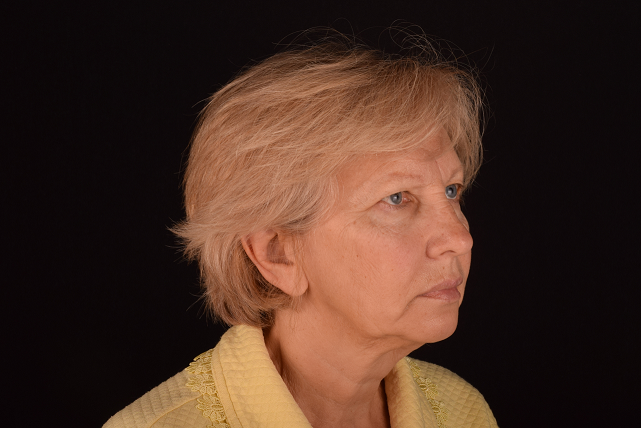
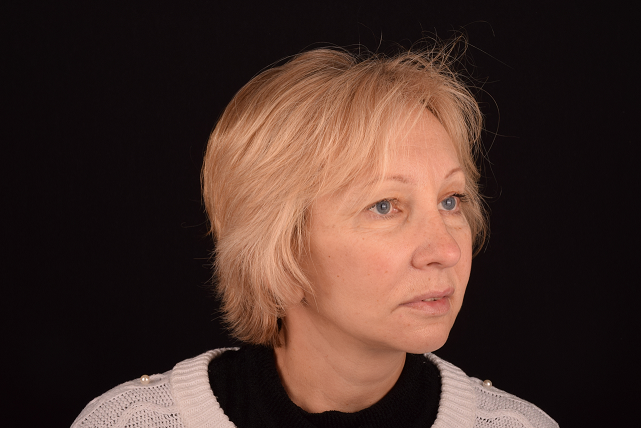



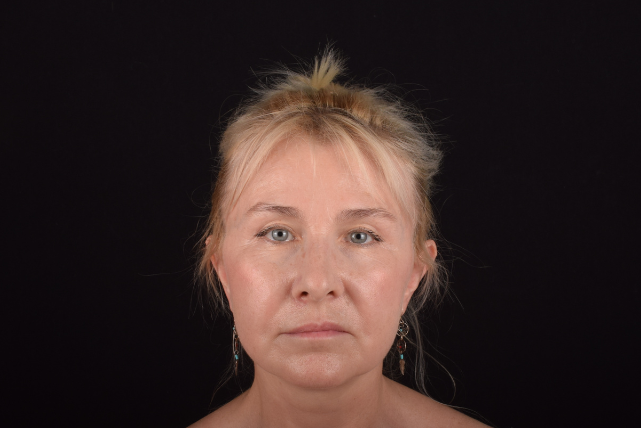
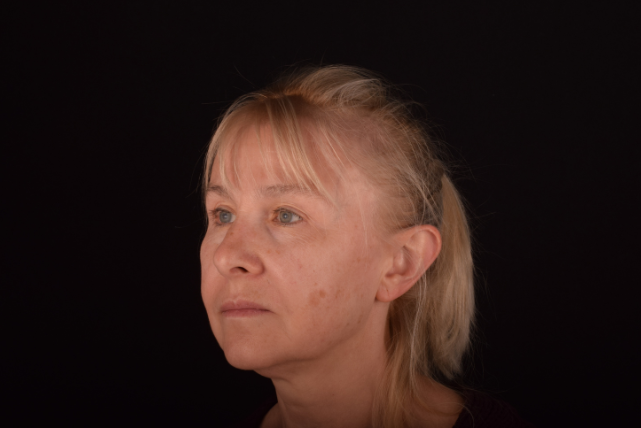
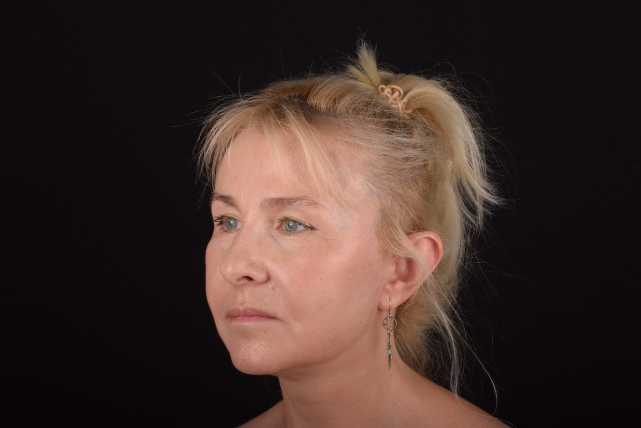
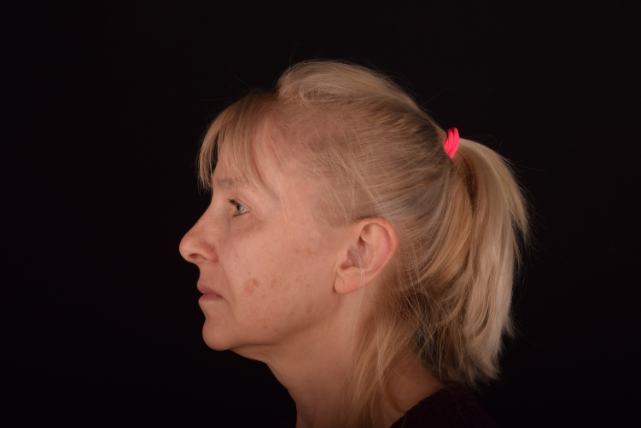
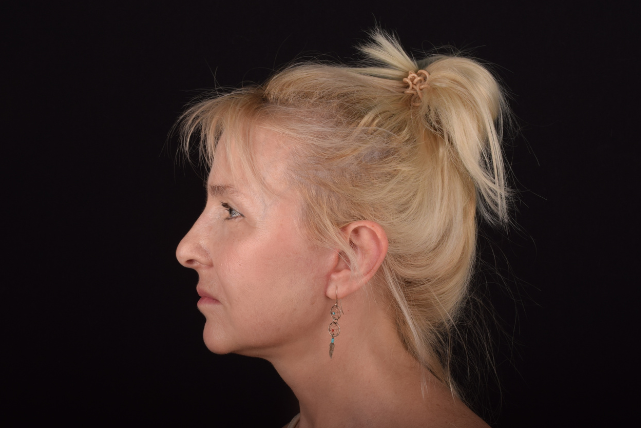
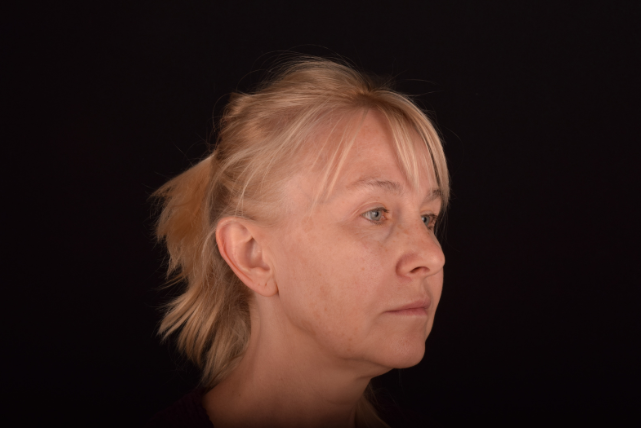
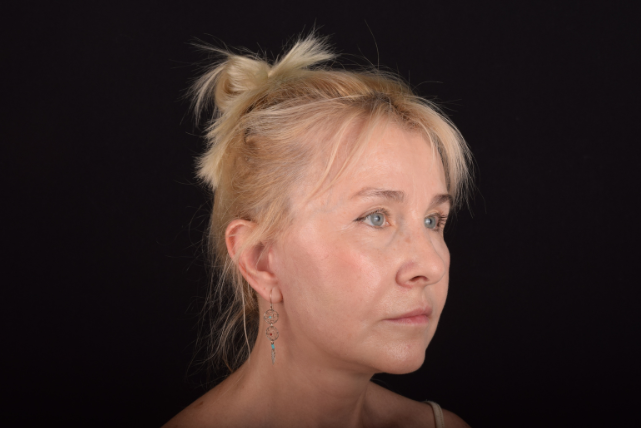

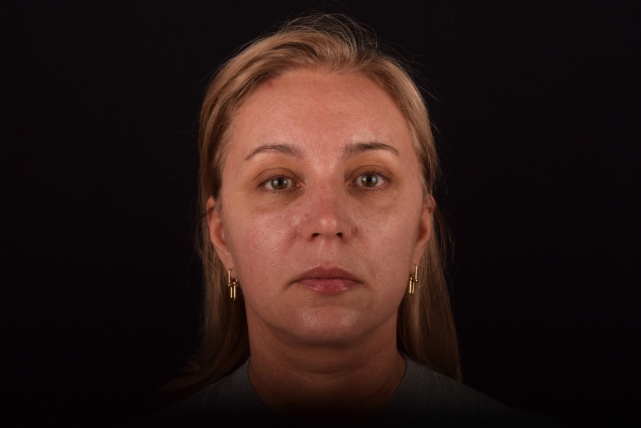
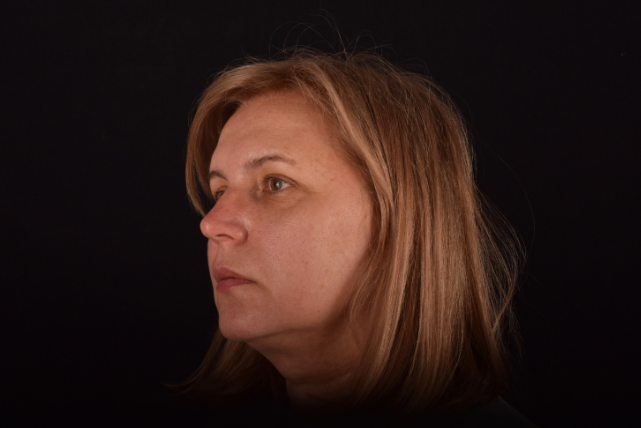
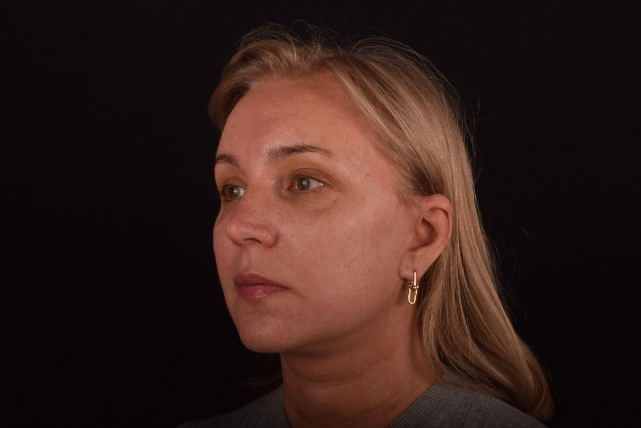
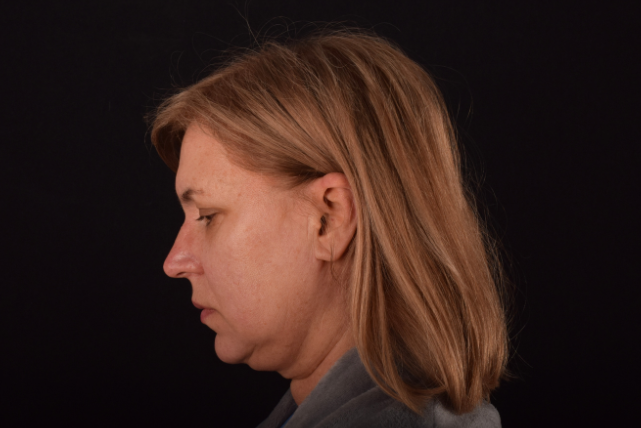
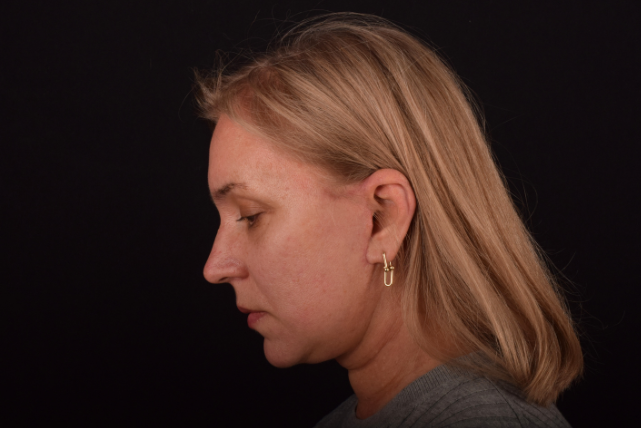
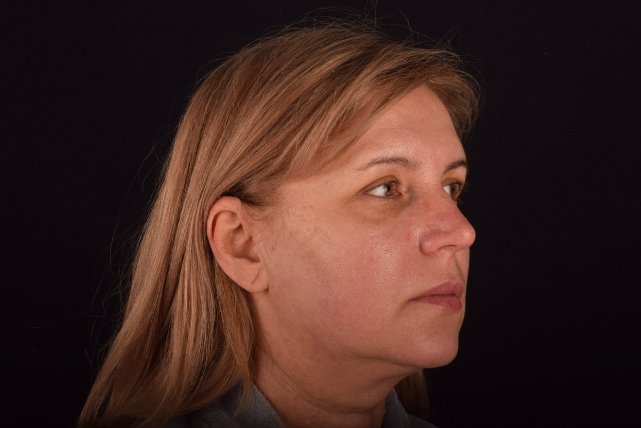
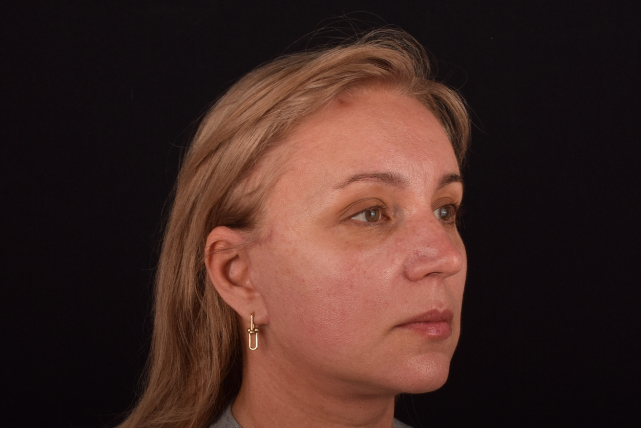

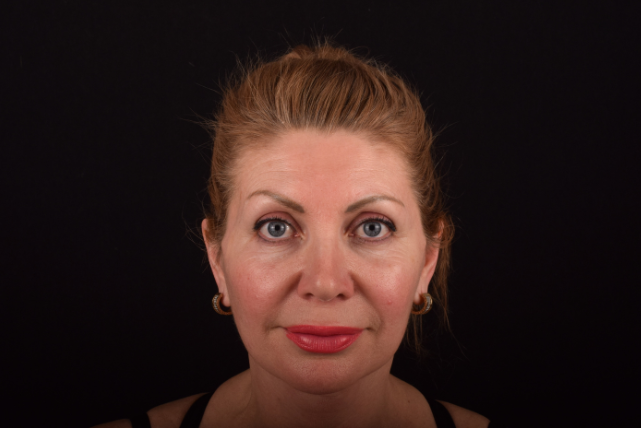
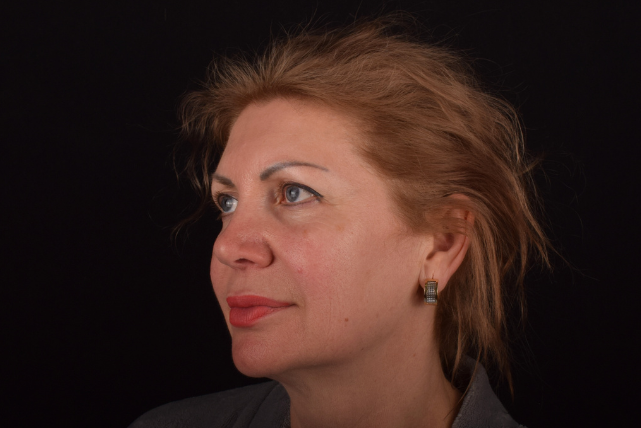
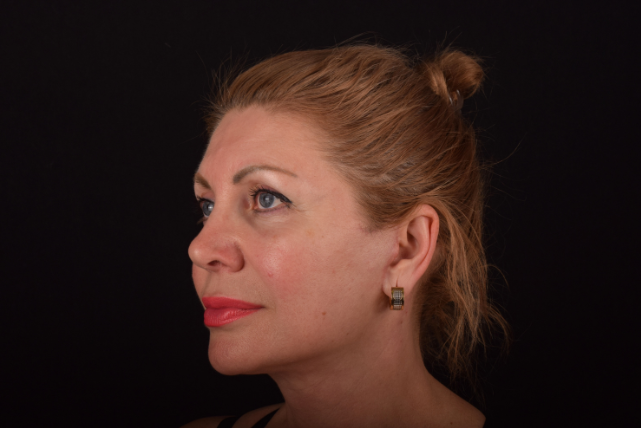
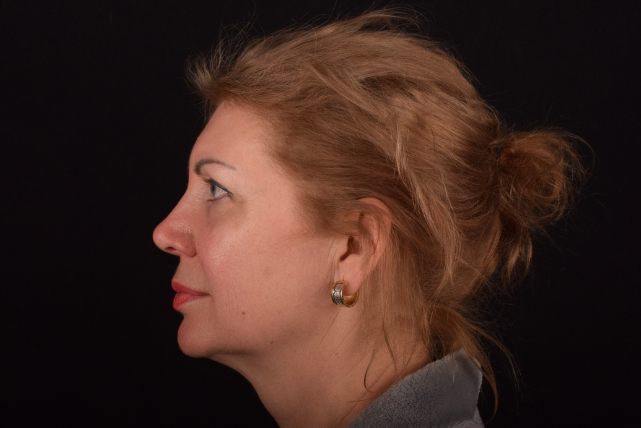
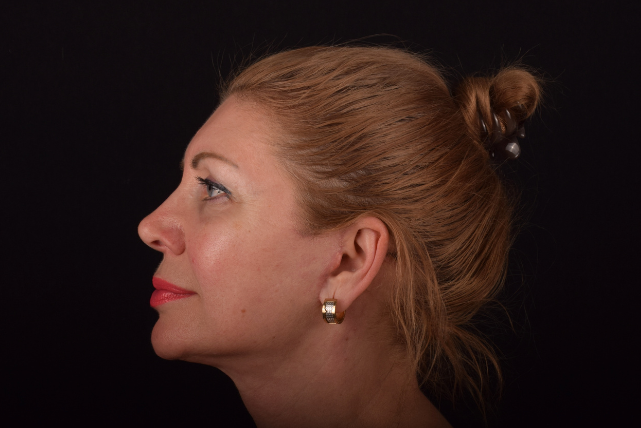
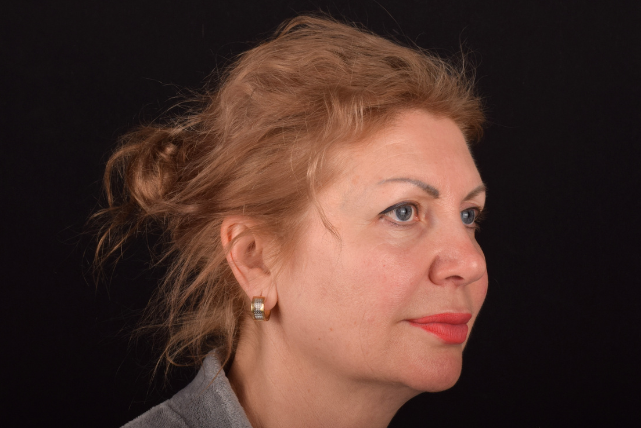
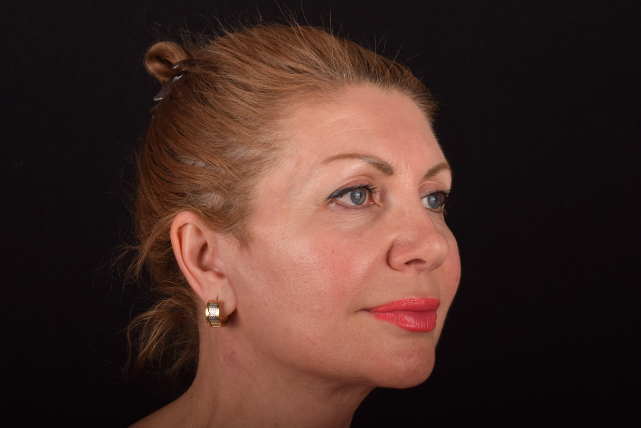






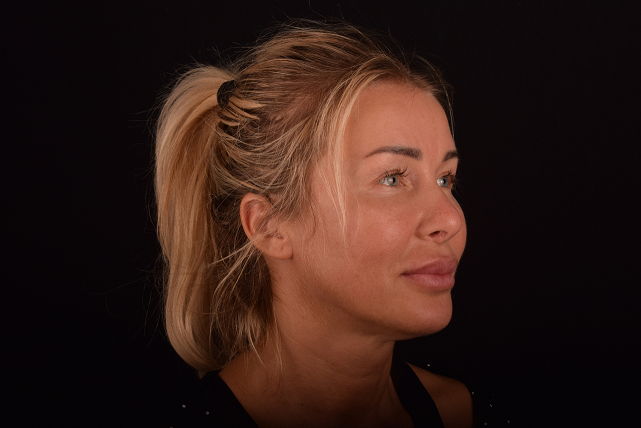
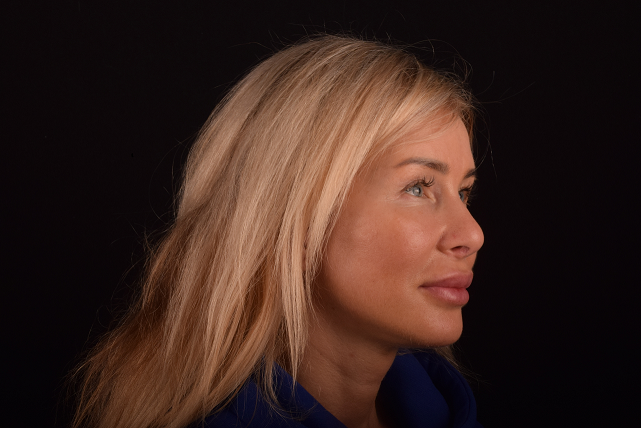






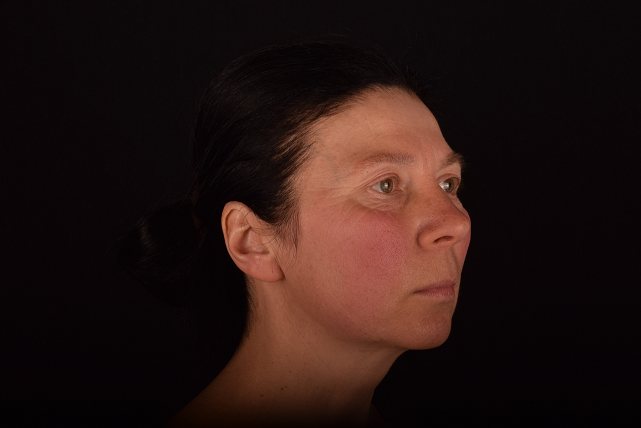
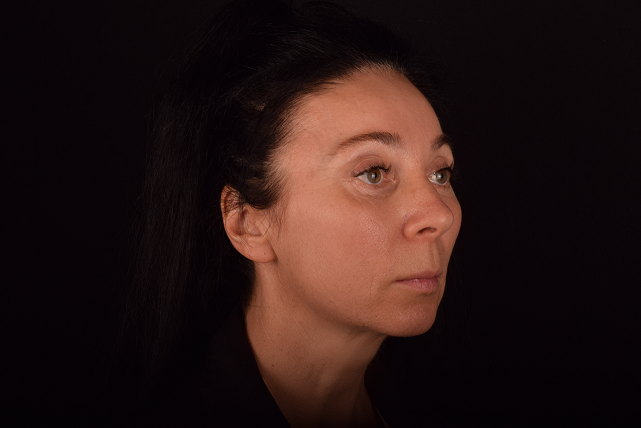
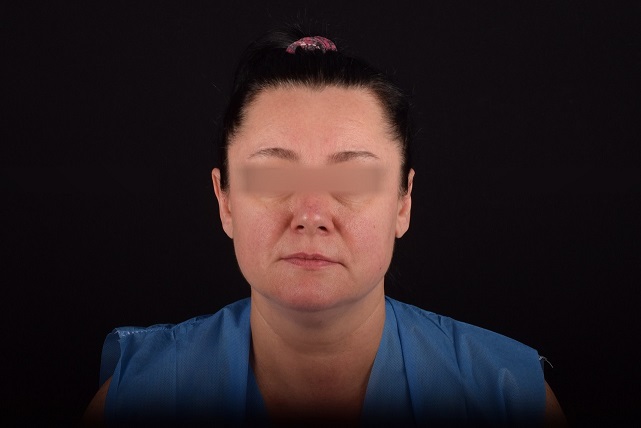
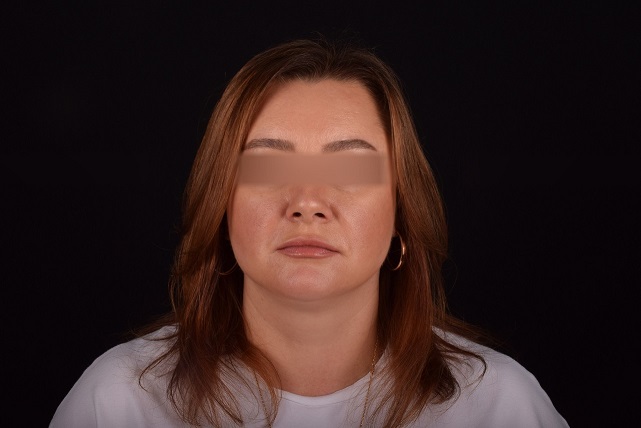

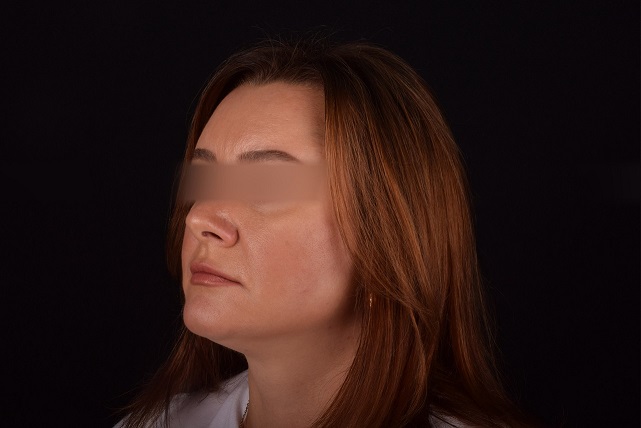
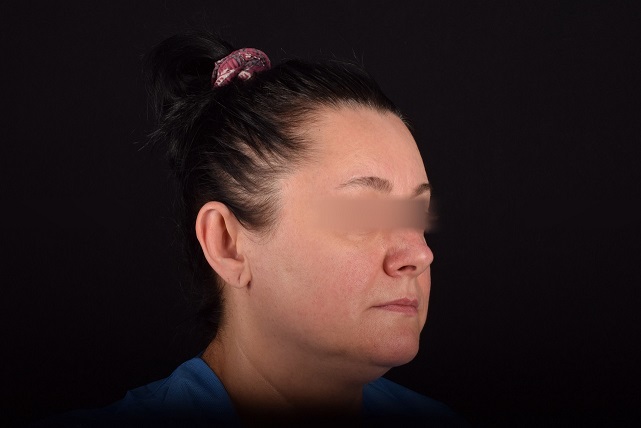
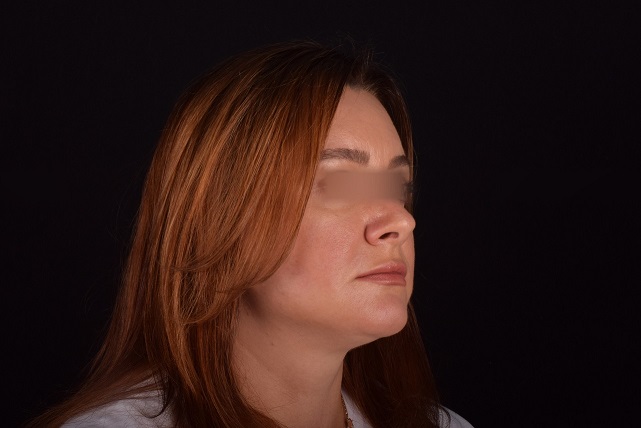
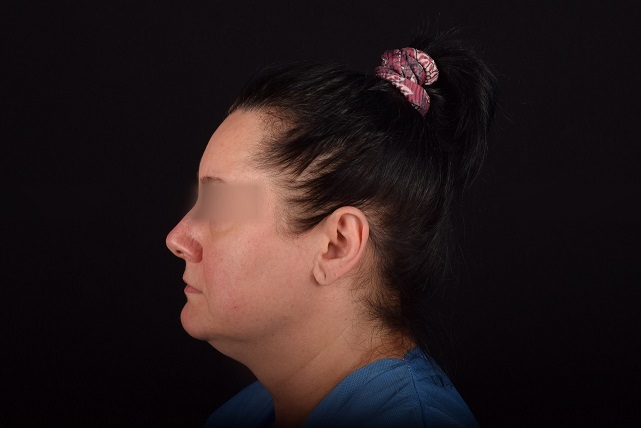
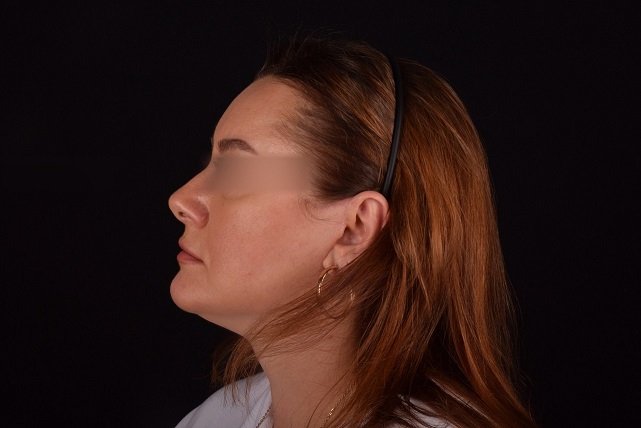


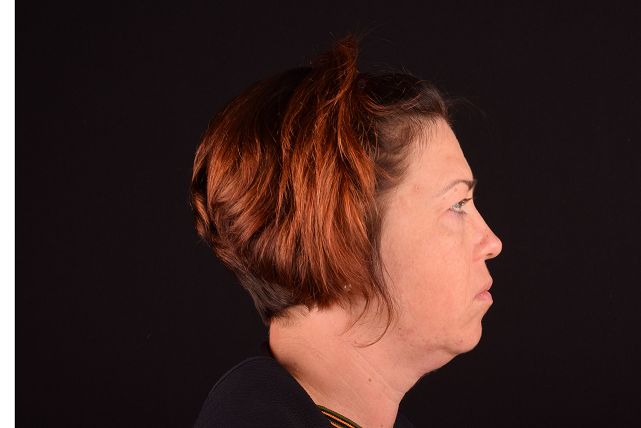

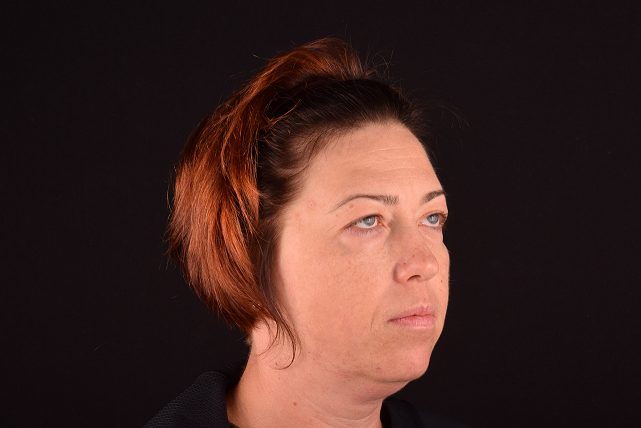



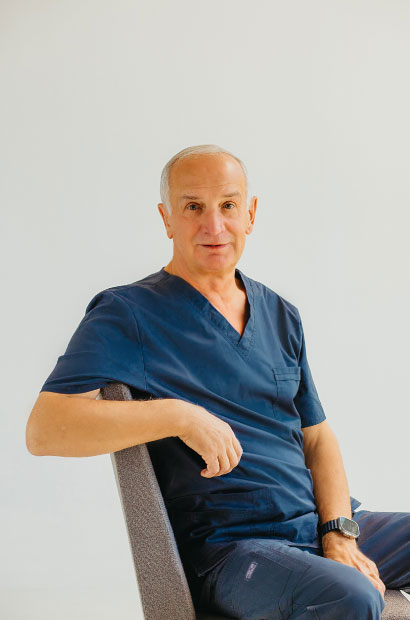
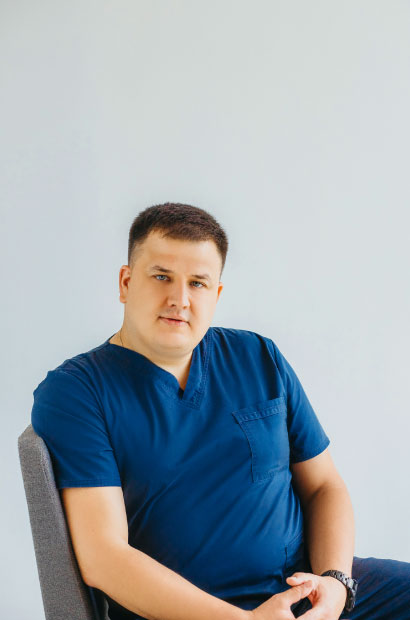
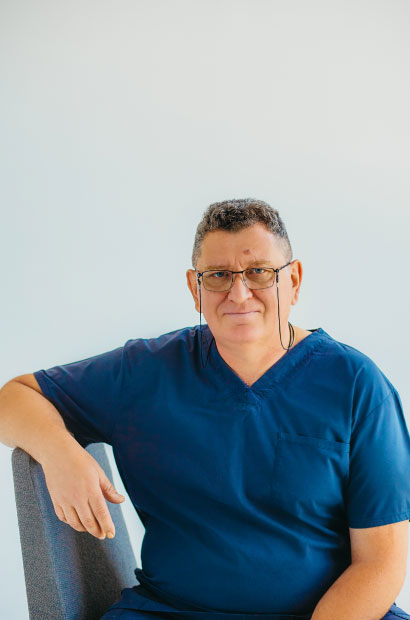
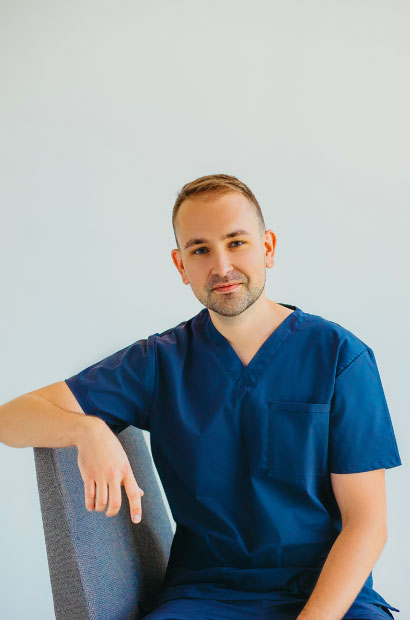
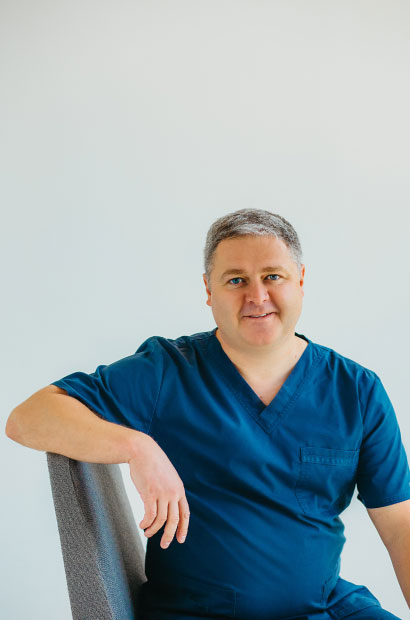
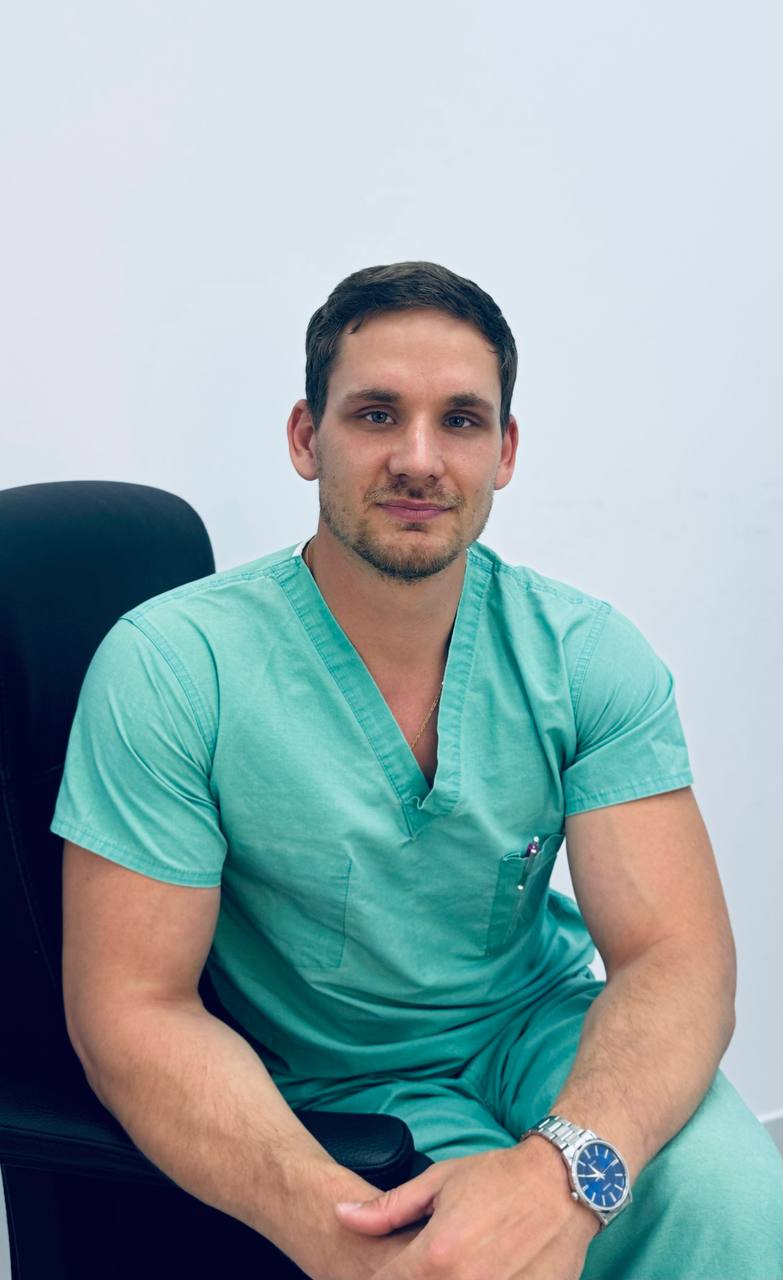















Add review